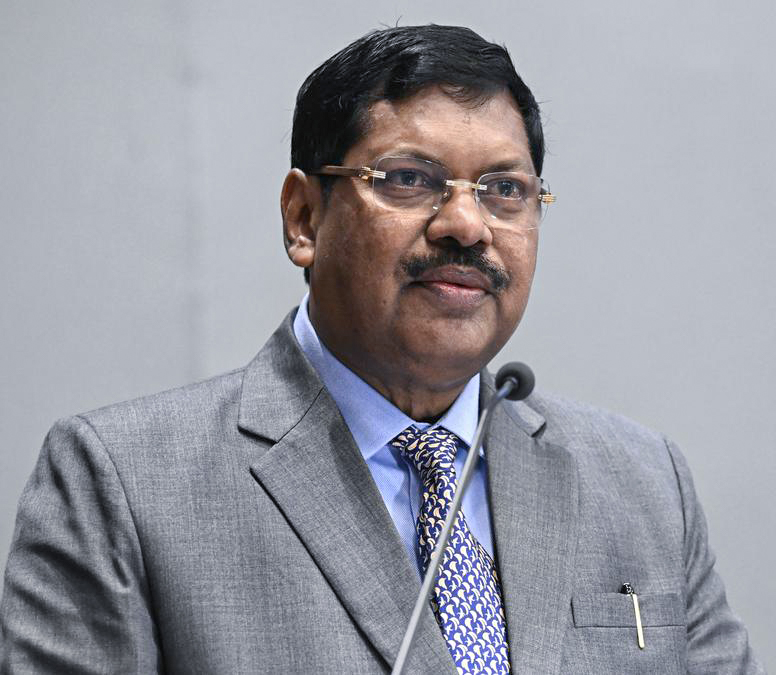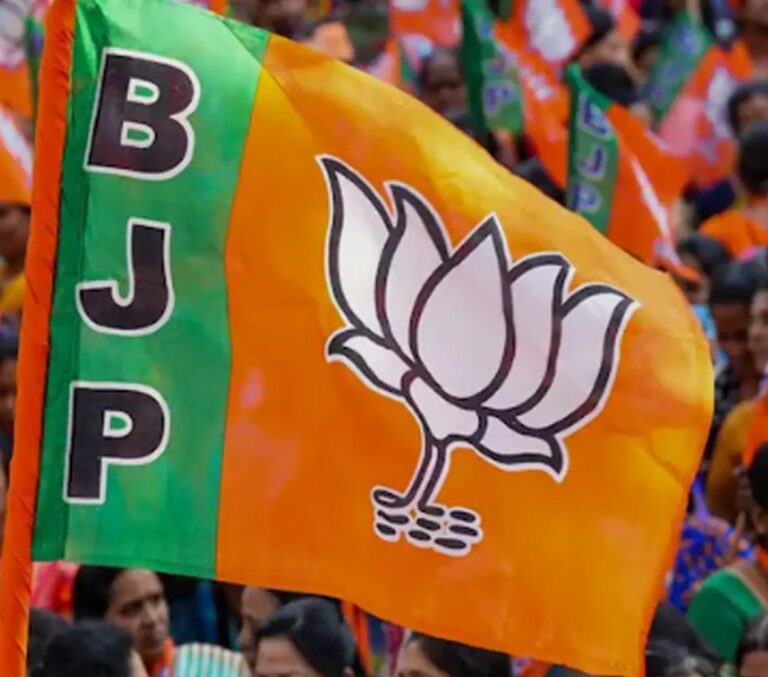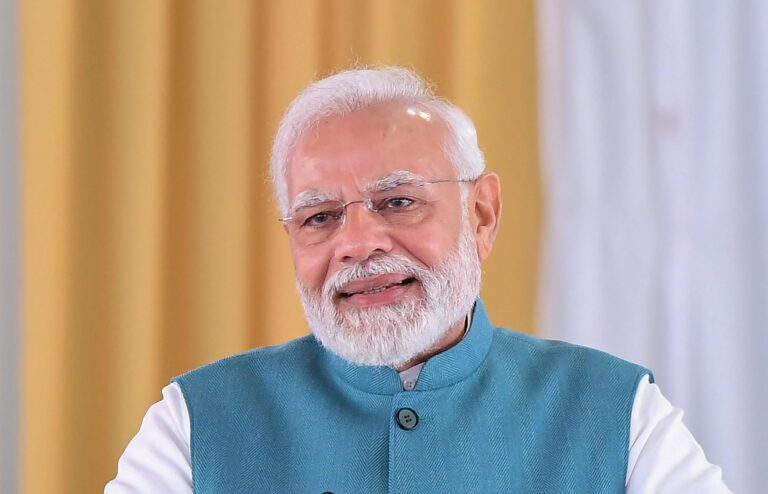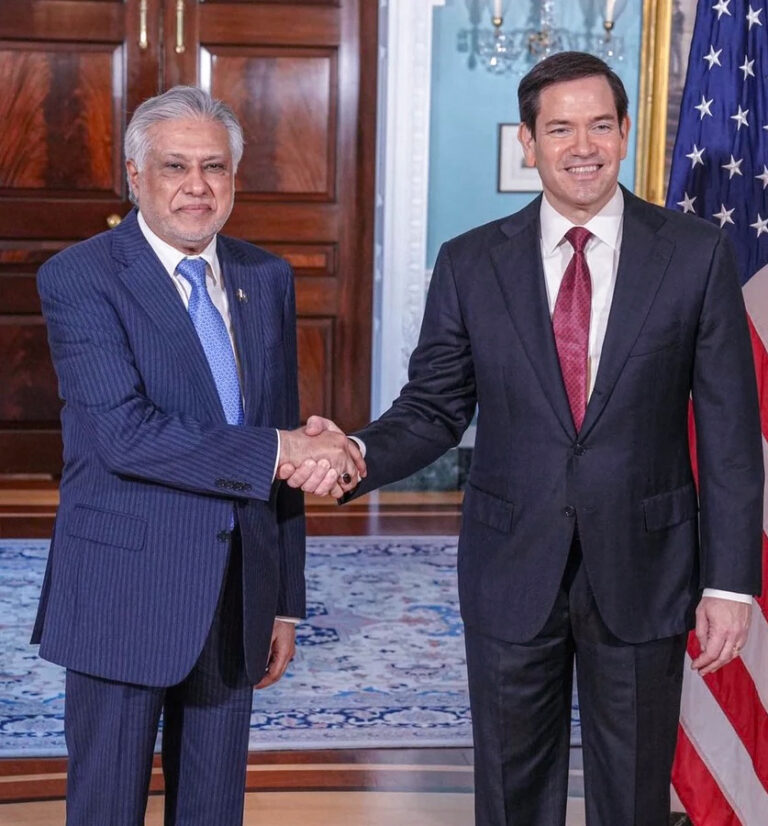
The collegium comprises the first five judges in the top court. Apart from CJI Gavai, justices Surya Kant, Vikram Nath, JK Maheshwari and BV Nagarathna are the members of the judges’ selection body.
In a decisive move to revamp the higher judiciary, the Supreme Court collegium, led by Chief Justice of India (CJI) Bhushan R Gavai, on Monday made a flurry of significant recommendations in its first meeting, including three elevations to the apex court, appointments of chief justices to five high courts, shuffling of four incumbent high court chiefs, and the transfer of 22 high court judges across the country.
The collegium comprises the first five judges in the top court. Apart from CJI Gavai, justices Surya Kant, Vikram Nath, JK Maheshwari and BV Nagarathna are the members of the judges’ selection body.
The meeting, which Hindustan Times had first reported would take place on May 26, marked a robust beginning to CJI Gavai’s six-month tenure as the head of the Indian judiciary. As per HT’s May 23 report, the meeting was expected to fill three impending vacancies in the apex court, deliberate on high court leadership, and consider judge transfers — all of which were addressed in Monday’s recommendations.
The collegium has recommended the elevation of two high court chiefs to the Supreme Court: justices NV Anjaria, the Karnataka high court’s chief justice with Gujarat as his parent high court, and Vijay Bishnoi, the Gauhati high court’s chief, with Rajasthan as his parent high court. Justice AS Chandurkar, a judge of the Bombay HC, is the third name recommended by the collegium. Once approved by the Union government, these recommendations will take the Supreme Court to its sanctioned strength of 34 judges.
These names, according to people aware of the development, “reflect a continued emphasis on regional diversity and judicial seniority.” One of the persons cited above added that the discussion on the shortlisted women judges was deferred until the official retirement of justice Bela M Trivedi on June 9. Justice Trivedi’s last working day was May 16 in light of a personal trip to the US. Her seat will however fall vacant only after June 9, leaving justice Nagarathna as the only woman Supreme Court judge.
The collegium’s recommendations came on the same day the Union government notified the appointments of seven advocates, including one woman, as judges in various high courts across the country. Union law minister Arjun Ram Meghwal announced the appointments, made to the high courts of Madhya Pradesh, Punjab and Haryana, Uttarakhand, Gauhati and Bombay, on X. As on May 1,of the total strength of 1,122 judges in 25 high courts, 354 posts remained vacant.
In a parallel reshaping of high court leadership, the collegium has proposed justice Sanjeev Sachdeva (MP high court; parent HC: Delhi) as chief justice of Rajasthan High Court; justice Vibhu Bakhru (Delhi high court) as chief justice of Karnataka High Court; justice Ashutosh Kumar (Patna high court) as chief justice of Gauhati High Court; justice Vipul M Pancholi (Patna high court; parent HC: Gujarat) as chief justice of Patna High Court; and justice Tarlok Singh Chauhan (Himachal Pradesh high court) as chief justice of Jharkhand High Court.
In addition, the chief justices of Madras and Rajasthan High Courts have been swapped, while the heads of Jharkhand and Tripura high courts have been rotated, with the outgoing Tripura Chief Justice recommended for the Telangana High Court.
‘This wide-scale realignment addresses long-standing administrative gaps in several high courts, and aligns with CJI Gavai’s stated priority of streamlining judicial appointments and transfers to ensure efficiency and regional balance,” said the person cited above.
Twenty-two judges have also been transferred from their current postings, underscoring a renewed push to reposition judges based on administrative needs and personal requests — as previewed in HT’s earlier report. Notably, the Delhi high Court will see an infusion of four new judges, including justice Kameshwar Rao, who had previously been transferred to Karnataka in May 2024. The other three judges proposed to be moved to Delhi are from the high courts of Punjab & Haryana and Bombay.
This reshuffle also comes in the wake of recent steps by the apex court to enhance transparency in judicial appointments and accountability. As previously reported, the Supreme Court now publicly discloses collegium decisions, judge profiles, and even judges’ asset declarations on its website — part of a landmark transparency initiative launched under the leadership of former CJI Sanjiv Khanna earlier in May.
Moreover, Monday’s decisions arrive at a time of heightened scrutiny following recent controversies, including the case involving unaccounted cash found at the residence of a sitting high court judge, justice Yashwant Varma.
In accordance with the Supreme Court’s in-house procedure for handling complaints of judicial misconduct, the court on May 8 confirmed that an inquiry report, along with justice Varma’s response, had been forwarded by the then CJI, justice Sanjiv Khanna, to the President and Prime Minister. Justice Khanna had also recommended initiation of removal proceedings after a three-judge inquiry committee found merit in the allegations concerning recovery of cash from the judge’s home.




